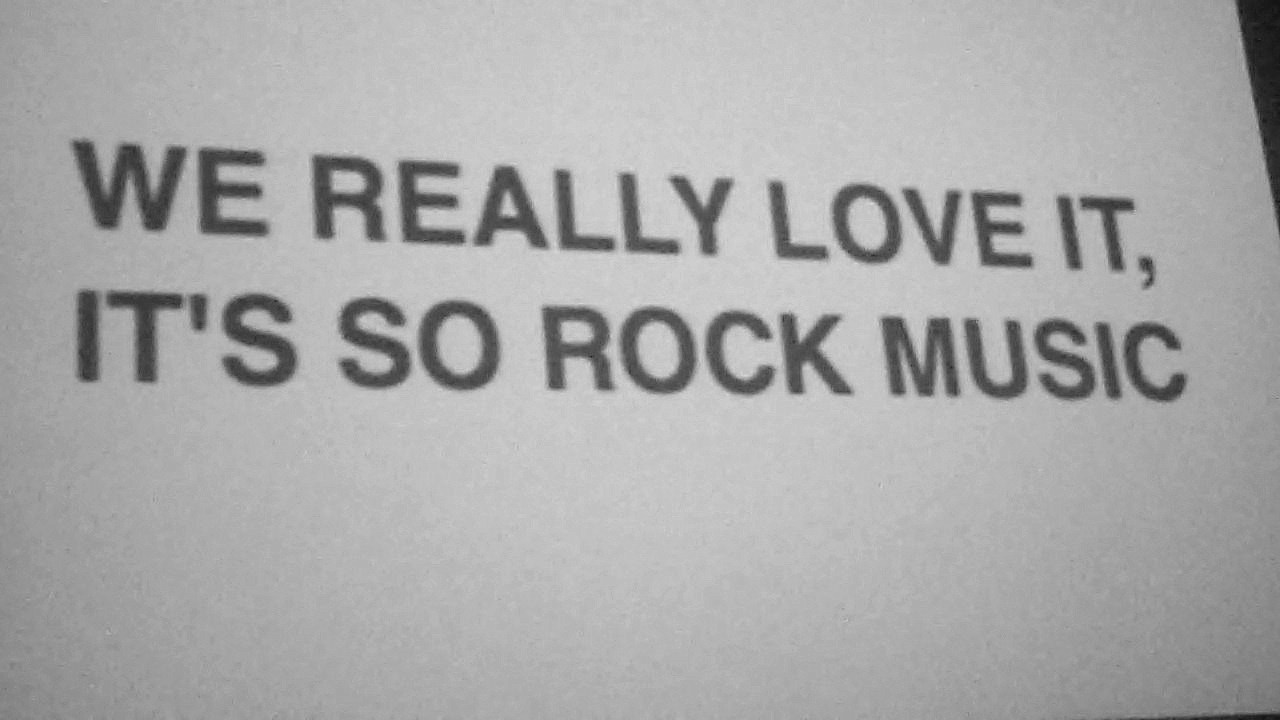
Above: still from AlexandLiane’s video for “Shoes” by the band Tiga
Monday February 15, Museek No 3 programme
It has been years since MTV more or less stopped playing music videos and cut to the chase to sell pure image, nevertheless it is entirely possible that these are the very same years in which the field may have opened up a bit to new talent which have gone on to produce some of the most creative new work since the dawn of the medium.
Regardless of budget or country, the majority of the music videos featured in MUSEEK No. 3 were essentially able to take a clever idea and run with it to great sucess.
The videos seem to successfully embrace the excitement of human life in this day and age, and in most cases one can’t help but taken aback by their inventiveness.
Although I could easily write about nearly every video in the programme I chose a few to review:
“Evident Utensil” by Ray Tintori for the band Chairlift has utilized a technique I’ve not yet seen, namely: you know when an online video breaks up into a sort of Predator-like digi-garble while it is beginning to play? Of when a DVD is scratched? Tintori’s video is basically constantly morphing with that effect under control. I am so glad someone did this.
The Royksopp video “Happy Up Here” basically makes the oldschool arcade game Space Invaders attack a real city (Berlin?) on the special-effects level as good as any Hollywood Blockbuster –terribly entertaining, especially if you are familiar with the game itself.
Jeff Desom video for Hauschka’s song Morgenrot which just shows a burnig piano falling off a skyscraper, was positively captivating. Daniel Eskils on the other hand simply used an overhead projector and dry-ease markers for the band.
Pop culture may have left Lenny Kravitz and his coolness to chill back in the 90s where they more or less belong, but a simple remix by house superstars Justice plus a surprising video with a clever idea behind it somehow turns his radio pop into something fresh and relevant.
Not much point in describing Jonas Meier’s video “One Up Down Left Right” for the band Rusconi but it should be watched.
AlexandLiane’s video for “Shoes” by the band Tiga integrates retro fashion with what appears to be an early-70s-looking television talkshow-type programme to weave a goofily surreal piece.
The Presets “If I know You” is basically a group of young Billy Elliott-esque teenagers dancing across Los Angeles – so damn charming.
Ethan Lader’s video for Rob Roy’s “Fur in My Cap” is essentially a tongue-in-cheek Hip-hop song, but what sets it apart is the theme essentially being: The means and lifestyle are within the context of 14-15 year olds in a neighbourhood which contradict the bling-and-ho lyrics… which, with a bit of clever camera work and effects, makes it just damn entertaining.
The Justice video “Stress” in which a young gang out violently causing trouble everywhere they go in Paris really begged the question: is it just a bunch of punk kids or rather a disturbing social commentary on France’s racial turmoil…?
Metronomy’s “A thing for me” was -wow- a sing along with the sing along bouncy-ball comes to life bouncing wildy bopping people on the head!
-Paul J. Thomas


